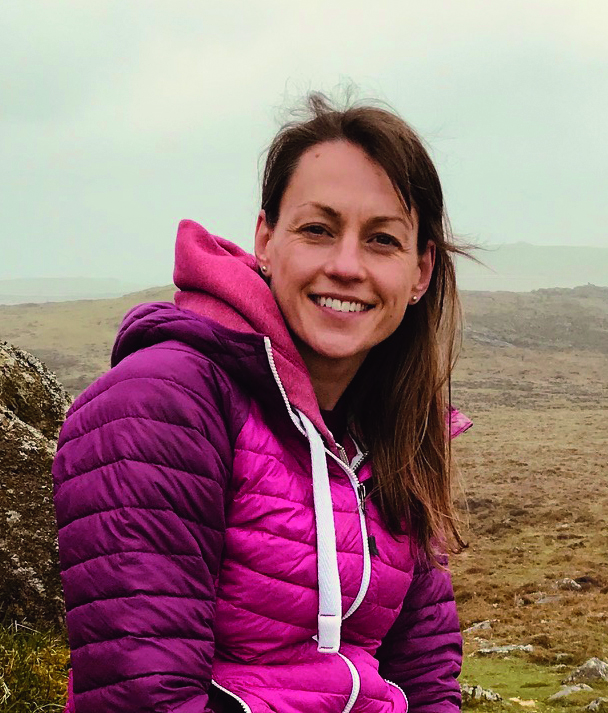Can you name another profession that, all in a day’s work, fights wildlife crime, prevents extinction and mitigates against climate change and zoonotic disease? No, you can’t, because there isn’t one,” says Sean Willmore, managing director of ranger support charity the Thin Green Line Foundation (TGLF).
“Wildlife rangers are the missing link in saving our planet.”Global biodiversity loss has reached unprecedented levels, with one million species estimated to be threatened with extinction. Protected areas are key to saving wildlife, but they cannot function without rangers.
What do rangers do?
Whether on the icy wastes of Russia’s Wrangel Island, where they prevent conflict between polar bears and people; on the ragged slopes of Mongolia’s Gobi Gurvansaikhan National Park, where they’re camera-trapping snow leopards; or in the high fells of our very own Lake District, where they manage a landscape shared with thousands of visitors, rangers defend ecosystems across the globe.
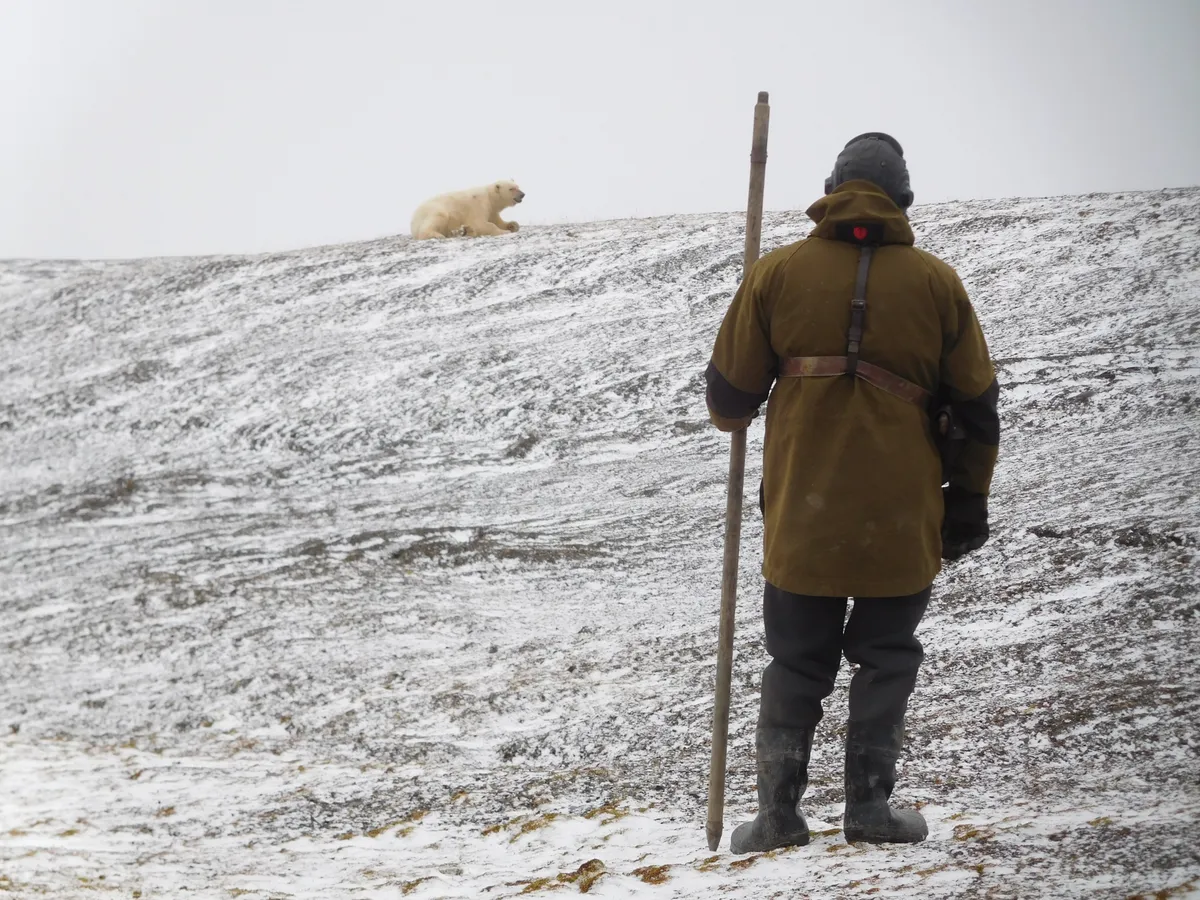
“If you imagine the planet as a house, then every park is a brick in its foundation,” says Barney Long, senior director of species conservation at Re:wild and contributor to Life on the Frontline 2019, a global survey on the working conditions of rangers.
“By looking after those bricks, rangers provide essential services for humankind: the clean air we breathe, the fresh water we drink, the biodiversity that gives us new drugs every year. The planet would be pretty much unliveable without them.”
So, it makes no sense whatsoever that the vast majority of the world’s rangers are not properly resourced, supported or trained. Shockingly, nearly half of the 7,110 rangers interviewed for Life on the Frontline stated that provision of basic needs, such as drinking water, was inadequate; more than half said that medical treatment, when required, was insufficient.
What dangers do rangers face?
If the data is gloomy, the situation on the ground is gloomier still. “There are about 1.5 million rangers in the world, and my guess is that 80-90% of them are completely under-equipped,” says Willmore. “Some don’t have any boots. In Thailand, I’ve seen rangers drinking out of waterholes that elephants defecate in. In Africa, they have no mosquito nets and get malaria eight times a year.”
As if the bugs and no boots weren’t enough to discourage the faint-hearted from a career in the ranger sector, this is also one of the most dangerous jobs in the world, claiming more than 1,000 lives in the past decade.
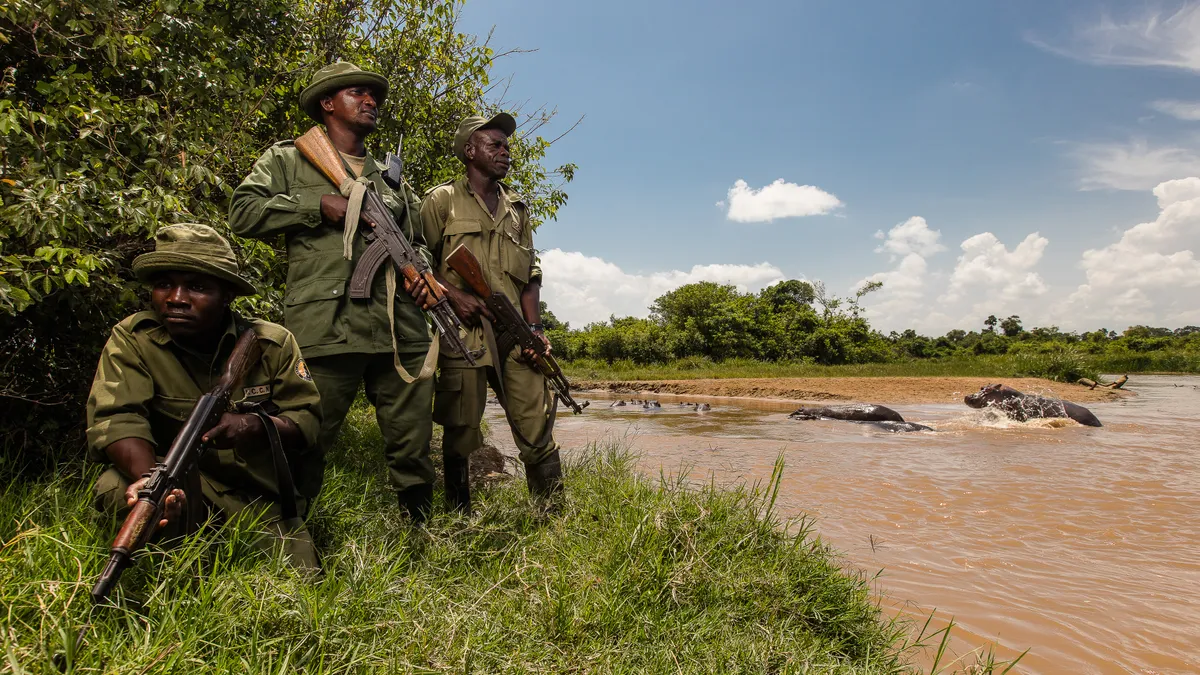
Violent clashes with armed poachers hit the headlines with tragic regularity (in January, another six rangers were killed by rebels in Virunga National Park, bringing the total number of ranger deaths there to more than 200), but there is more than one way to die in the wilderness. There are attacks by large predatory animals; there are deadly bites and stings; there are tropical diseases, road accidents and bushfires. Rangers put their lives on the line every day.
The underlying problem, according to Long, is that despite everything we know about the natural world going to hell in a handcart, the global ranger force remains woefully under-professionalised.
Professional, government-paid rangers – such as those in Canada, the USA or the UK – are the exception, not the rule; most rangers work in a community or indigenous capacity, supported by local villages, charities or NGOs.
Key statistics:
- 1.5 million: roughly the number of rangers in the world.
- £1,000: the cost of equipping a ten-person anti-poaching ranger patrol team with basic but critical gear.
- 13: rangers killed by elephants in 2020.
- 500: the number of families currently supported by TGLF's Fallen Ranger Fund.
- $297.14: the average monthly salary of a ranger.
- 61.9%: rangers that need to buy their own boots.
- 598: the number of rangers killed in action in Aisa from 2009-2010.
- India: statistically the most dangerous country to be a ranger, with 46 rangers killed in 2020.
- Less than 11%: the proportion of female rangers in the ranger workforce.
“If we don’t treat rangers properly, they will not be able to protect the planet,” says Long. “I can’t fathom why we’re not throwing everything at this right now.”
“The role of a ranger needs to be repositioned,” adds Willmore. “Many are hard-working and dedicated, yet are not respected or paid enough. The whole system needs to be regarded in the same way as a fire brigade or police force.”
Training is at the root of that, with rangers frequently not qualified to do what is being asked of them. They could have knowledge of, say, tree planting, then find themselves extinguishing a wildfire, handling an outbreak of Covid-19 or enforcing the law, confronting armed criminals with none of the high-precision training necessary to work in a warzone.
Had Esnart Paundi, a Zambian ranger and mother-of-five, been taught proper surveillance techniques, she might have cleared her patrol zone before apprehending two poachers. She might have uncovered a third, hiding in the bushes, before he killed her and her partner with a machete.
Had Mohammed Akram, a community ranger from Pakistan, fully understood the implications of being outnumbered, he might have decided against confronting the six illegal loggers that turned their AK-47s on him.
Can more training help rangers?
Life on the Frontline was borne of a need to gather evidence to present to the International Labour Organisation, with the aim of gaining the ranger force professional recognition. “There are recommendations for sectors such as teaching, but nothing like that exists for rangers, because there’s no data,” says Long. “We need guidelines for rangers that apply across the world. And we can expect consistent high standards in return.”
Long believes ranger colleges are the way forward, something that could be achieved by adapting existing courses. “Take the Carribbean. The University of the West Indies has produced biologists for years. Hypothetically, it could offer ranger studies. Carribbean governments should then commit to only hiring staff who have earned that qualification. If you can do it for nurses, you can do it for rangers.”
In the meantime, there’s still a more-than-pressing need for training on the ground, but various initiatives have started to plug the gap. LEAD Ranger, launched in 2018 by the International Anti-Poaching Foundation, Ranger Campus and TGLF, is having particular success, training rangers to become instructors in disciplines such as anti-poaching strategy and first aid.
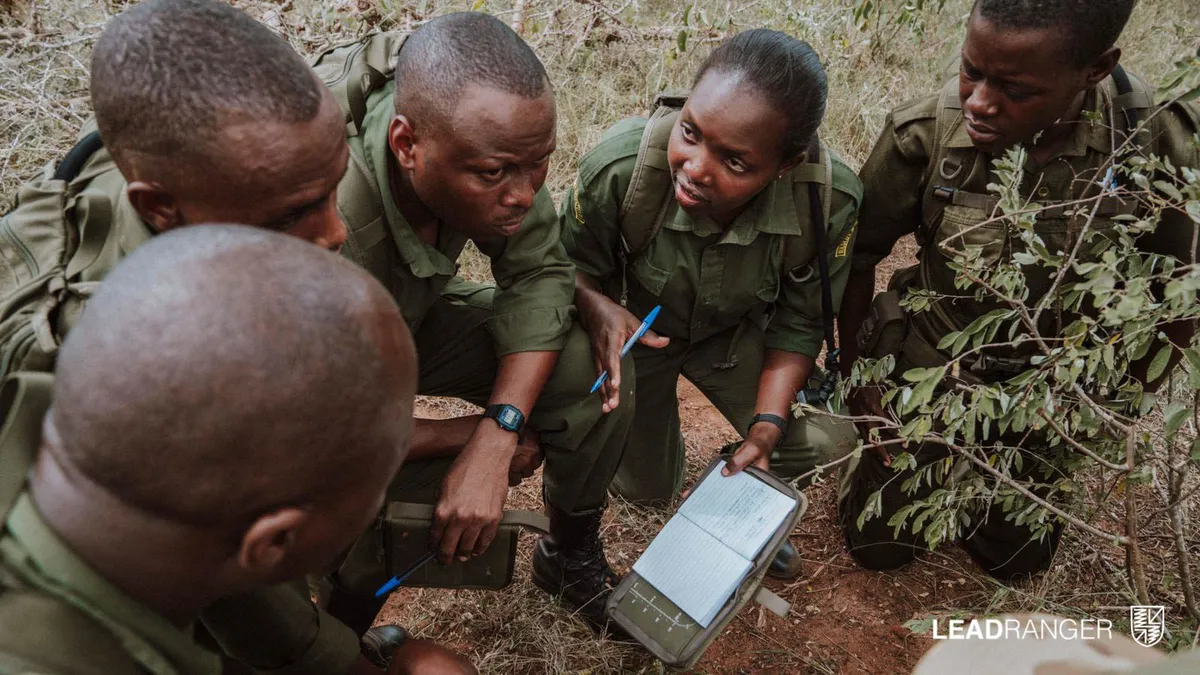
“LEAD Ranger leaves a huge legacy as the skills stay in situ, enabling long-term change,” says Willmore. And it’s not just wildlife that benefits: to date, medical skills acquired via LEAD Ranger have saved the lives of 16 people and helped countless others. “LEAD Ranger is fantastic and we need more like it,” says Long. “But it shouldn’t be down to charities alone to drive training.”
What rangers are worth
Slap a dollar sign on something and people tend to take notice. Ecosystem services – the benefits to humans from a healthy natural environment – are nothing new, but only recently have we started to recognise their vast financial potential. And who holds the key to unlocking this pot of gold? Rangers.
Take forest elephants in Africa. They earn their nickname of ‘mega-gardeners’ by weeding out small trees as they feed on and trample vegetation, freeing up space and fertilising larger, hardwood species. These, in turn, grow taller – and store more carbon.
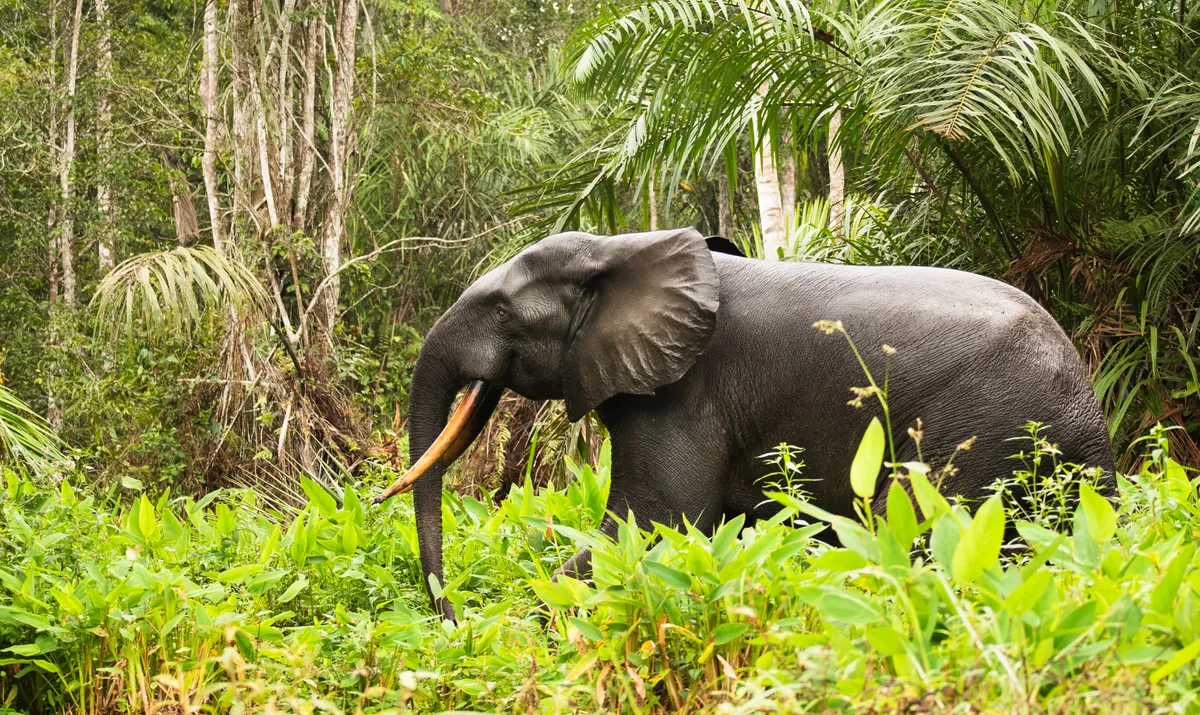
Economist Ralph Chami has calculated that if forest elephants, which were recently declared Critically Endangered, were to recover their numbers and repopulate their former range, carbon capture in the region would increase by 13,000kg per hectare. The worth of this service is, per elephant lifetime, a not-too-shabby USD$1.75 million. It makes the US$40,000 price tag on a pair of tusks look like small change.
Learn more about elephants:
The collapse of elephant populations due to poaching and habitat destruction, is, then, a double-edged tragedy: the loss of both a marvellous keystone species and a huge asset in the fight against climate change.
“Governments spend money on education, health, development and transport, and if there’s any left, they spend a bit on nature as it’s ‘nice’, not because it’s our life-support system,” says conservationist and biologist Ian Redmond. “But if people view a species like an elephant as doing a vital job for the planet, that work can be monetised, and its guardians – rangers and communities – paid what it’s worth.”
To that end, Redmond has co-launched Rebalance Earth, an initiative that will enable companies to offset their carbon emissions by paying to protect forest elephants, sending funds direct to their protectors via secure digital blockchain.
The gender imbalance in the ranger profession
If there’s one significant shift happening in the ranger sphere, it’s addressing the gender imbalance in what has long been a traditionally male domain (less than 11% of the ranger workforce is female).
“It’s a huge missed opportunity,” says Long. “Many countries have deeply held views on gender that make it difficult for women to enter the force. We need to think systemically about how we can change that.”
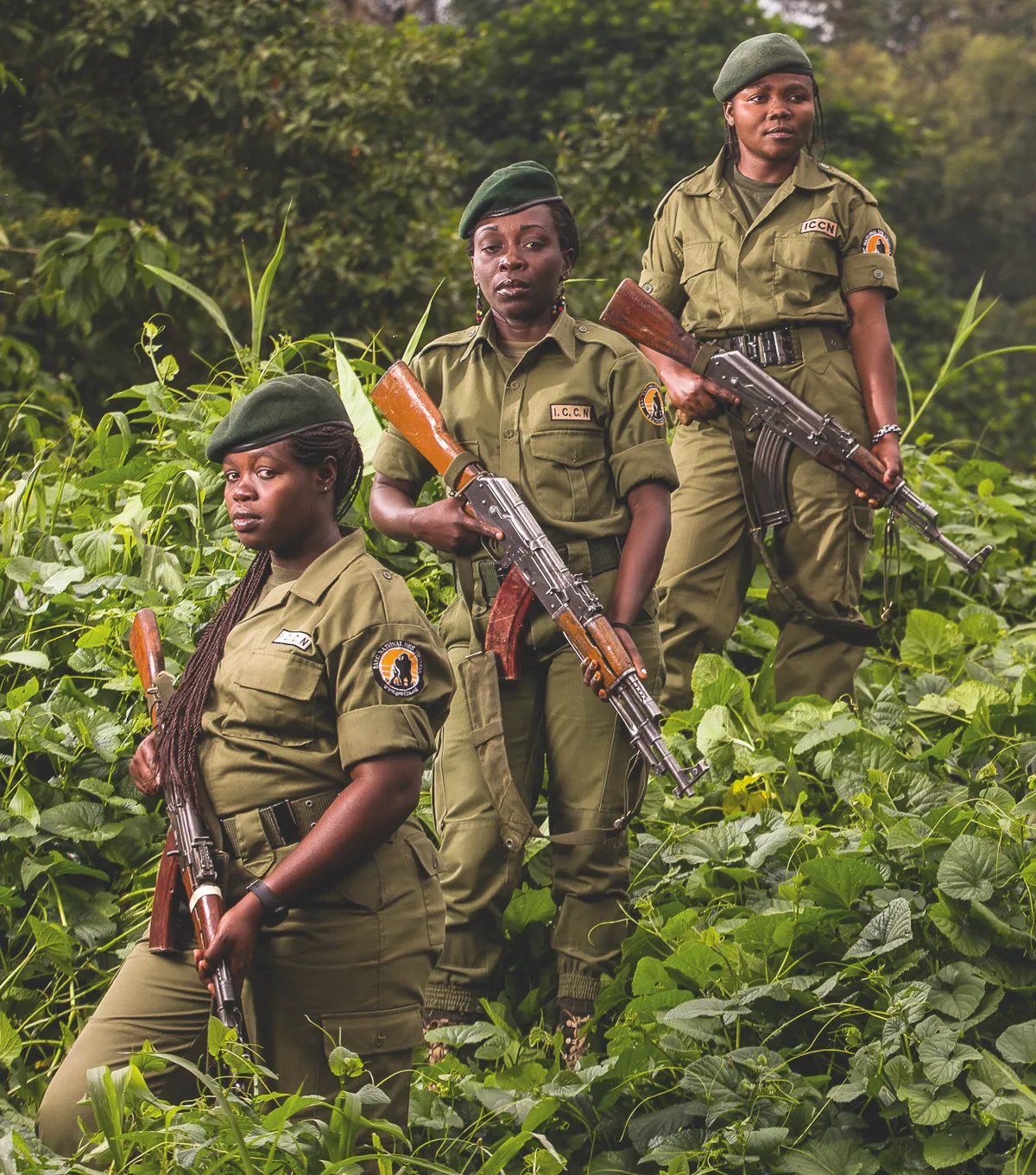
Women rangers are arguably most visible in the all-female teams that have shot to fame in recent years, the first of which was the Black Mamba Anti-Poaching Unit, founded in South Africa’s Balule National Park in 2013.
The idea to create the Mambas was something of a lightbulb moment for Balule’s head warden, Craig Spencer. “Wildlife crime had spiralled out of control and Craig was at his wits’ end,” recalls Holly Budge, founder of anti-poaching charity How Many Elephants. “Then one day it just came to him – why not train the local women as ‘bobbies on the beat’?”
The Mambas have since proved an inspiration, not only to their communities but to anti-poaching operations across Africa, who are recognising women as a vastly under-utilised workforce. The Akashinga, an elite squad that protects the Phundundu Wildlife area in Zimbabwe, was formed in 2017; Team Lioness, who guard Maasai land around Kenya’s Amboseli National Park, followed in 2019.
“The training is tough – particularly for the Akashinga – but these women are accustomed to hardship and see it as an opportunity,” says Budge, who has joined both the Mambas and Akashinga on patrol. “It’s easy to see why the female ranger movement is picking up momentum. Women are natural communicators and protectors, and can ease local tension.”
For anyone inclined to dismiss these all-girl crews as a PR gimmick, the proof is in the percentages. Since the Mambas’ inception, Balule has seen a 99% drop in snaring and an 89% drop in bushmeat poaching. The unit has also been a key part of pandemic response, delivering food parcels by the truckload.
“These women are on the front line of conservation, but are also educators and role models,” says Budge. “They are beacons of hope, and are changing attitudes towards women in Africa.”
What does the future hold for rangers?
In a noisy world, those who work for wildlife are making their voices heard. The Universal Ranger Support Alliance, launched in 2020, is a collaboration of eight organisations that intends to deliver a ‘new deal’ for rangers by implementing the Chitwan Declaration, a summary of needs and priorities drawn up at the 2019 World Ranger Congress in Nepal.
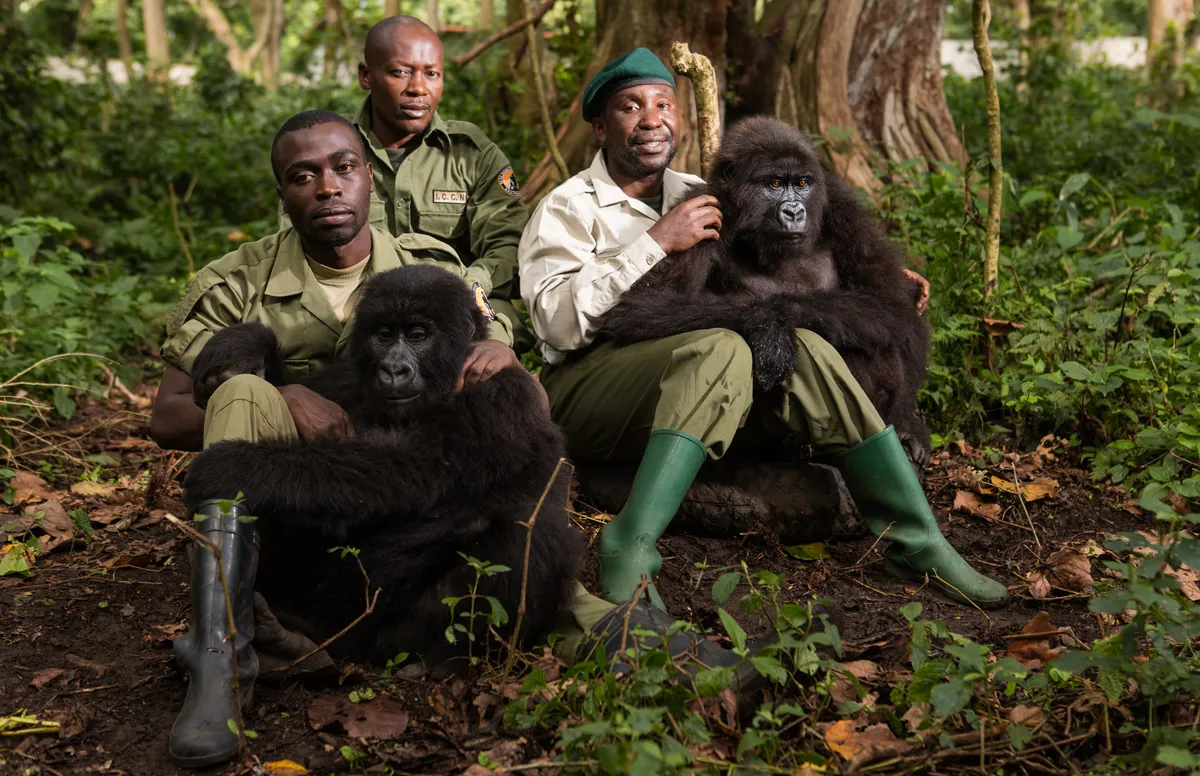
Ranger round-tables with the World Health Organisation and World Bank are also under way. “These are going well,” says Long. “We need governments to see rangers as a key part of governance on the frontier, and of climate change response and pandemic response. They need to be talked about at a new level.”
The world is at tipping point. By 2030, we will be asking rangers to protect 30% of the Earth’s surface. Without support, they cannot possibly fulfil this critical role.
“If global authorities invest in rangers, then we’ve got a chance,” says Willmore. “If not, then all the ideas we have to save the planet will stay in folders on shelves. And people like Eznart and Akram will continue to die.”
Interviews with rangers around the world
Ranger story: Marcelo Segalerba. Freelance consultant ranger, Brazil.
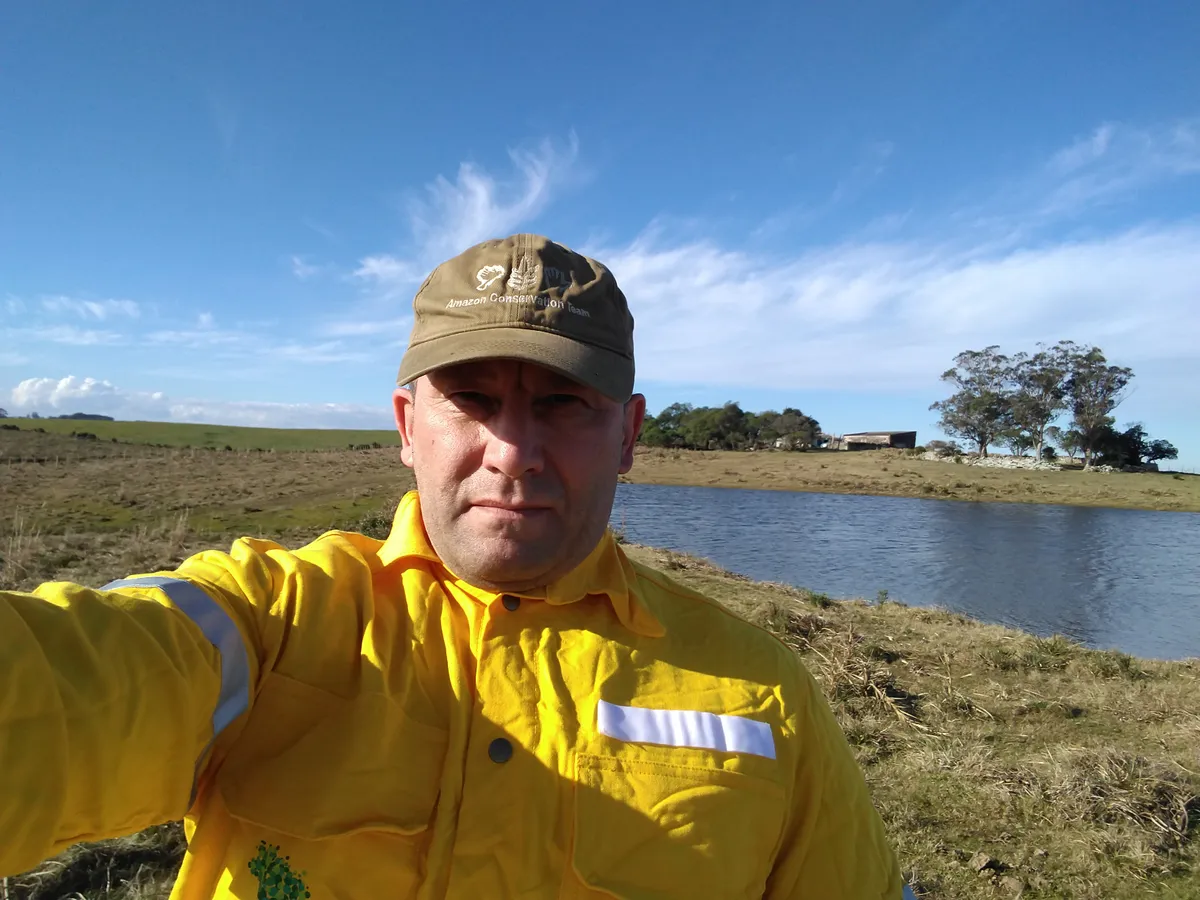
I’ve had a passion for nature and conservation from an early age. When I realised that people were risking their lives to protect nature, I wanted to be one of them. Rangers are my heroes.
In 1998, when I was 26, I got a job as park ranger in San Miguel National Park, on the border with Brazil. I was the only ranger there at the time. That same year, I completed a ranger course in Mexico. It was expensive, so my parents helped me to pay for it. I’ll always be grateful for that.
I have been training indigenous rangers since 2005. They needed help protecting their land in the Brazilian Amazon. Seeing them achieving remarkable things is very rewarding.
Being a ranger comes with many risks – wildlife criminals, natural disasters, wild animals, poisonous plants. Once, I was shot at by poachers. I could hear the bullets landing all around me, but luckily they all missed.
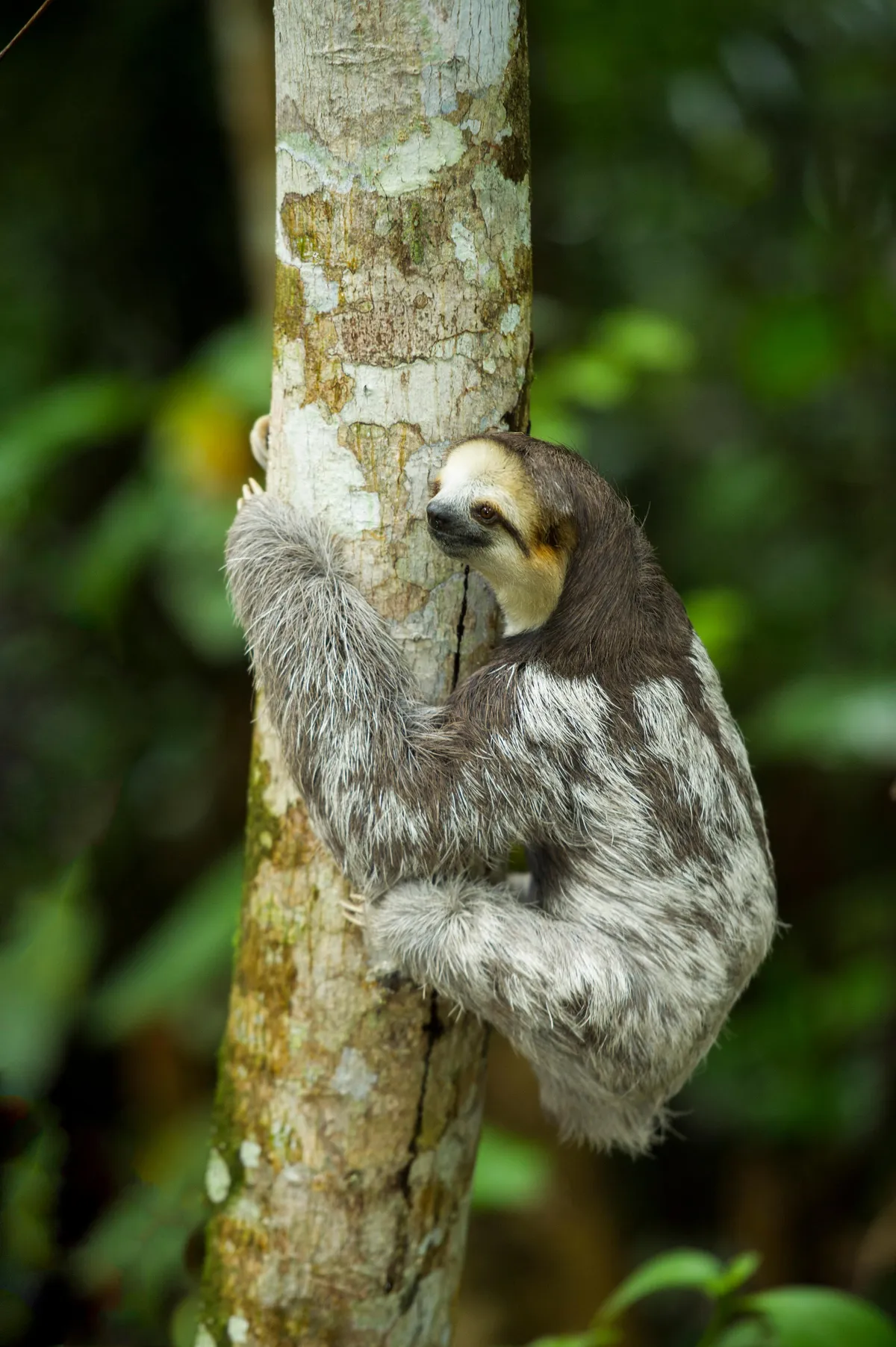
I was once given a female pale-throated sloth to take care of. She had fallen out of a tree into the road and been hit by a car. I spent weeks nursing her back to health and then re-released her. It was hard saying goodbye. I will never forget the last time she looked at me.
I have to be prepared for anything. A major challenge of my job is simply returning home alive. We need better working conditions, recognition, security, pay and legal support. But I’d never dream of giving up.
Ranger story: Prem Kanwar. Assistant forester, Bhainsrorgarh Sanctuary, India.

My love of nature made me become a ranger. I was raised in a village where women did not have permission to leave their houses, and I’d gaze at the mountains through my window. My great uncle worked for the forest department and told me inspiring stories, feeding my passion. I am the only woman in my village with a job.
I monitor and protect many species. I have rescued more than 500 wild animals, including crocodiles, snakes and leopards. A few years ago, I single-handedly saved several Indian peafowl from poachers.
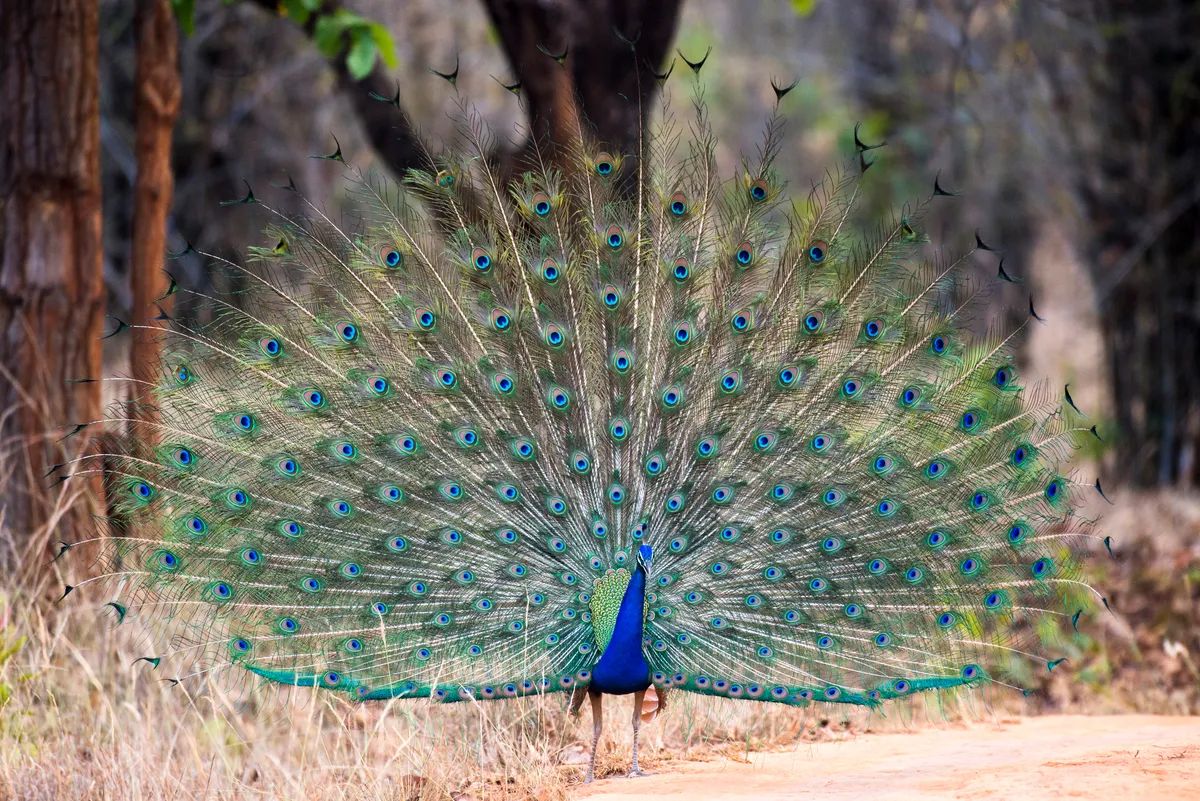
Much of my work focuses on managing human-wildlife conflict. I’m often called out to emergencies involving poaching and logging. Communities live close to reserves, so protecting species such as leopards from retaliatory killings through education is very important.
Otters are my favourite animal – mothers and cubs have a special bond. I’ll never forget the day I saw a family cuddled up together. It was reassurance that our efforts are paying off.
I love every aspect of my work. It brings challenges that no other profession offers. My community sees me as a role model and are encouraging their daughters to follow their dreams.
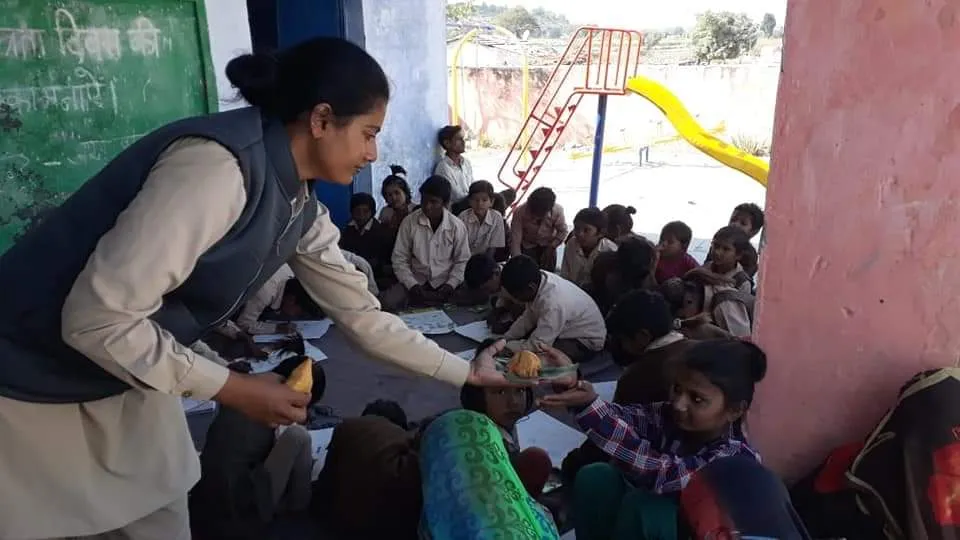
It can be difficult working in a male-dominated arena. I face discrimination and am often excluded from decision-making processes. A lot of work is needed to improve the lives and working conditions of rangers. Addressing the gender gap is most important of all.
Ranger story: Florin Halastauan. Wildlife officer, Southern Carpathians, Romania.
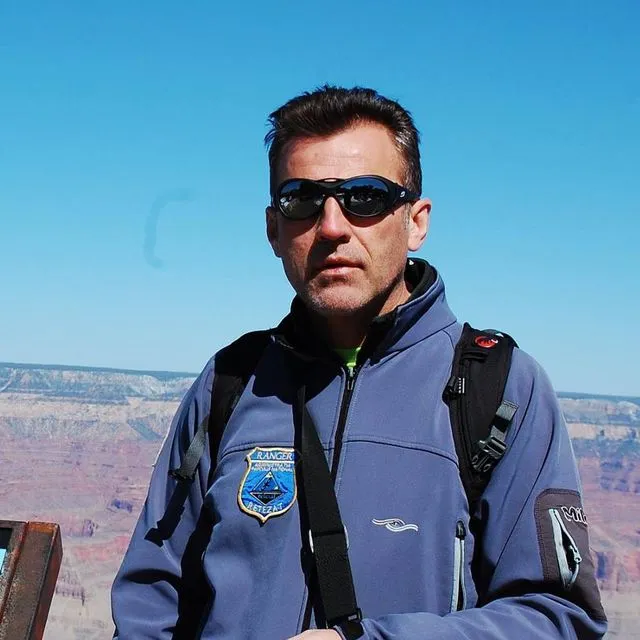
I spent my teens around people who loved and protected nature, and was inspired by all of them. My first job was in 2003, in the mountains of Retezat National Park.
I am currently working on a WWF project to reintroduce European bison into the Romanian Carpathians. We need to collect a lot of data to understand how the species is adapting, so most of my time is spent monitoring the animals in the field.
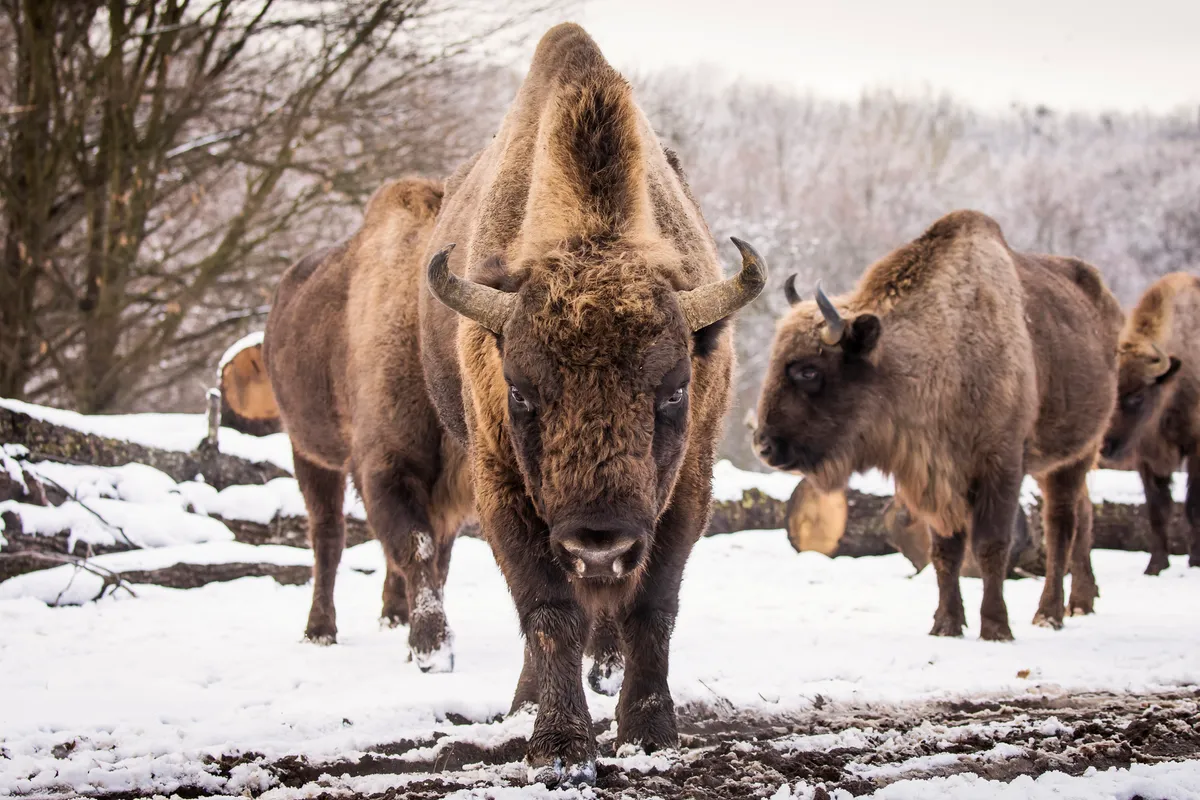
It may look like I do the same thing every day – I don’t. Nature is continually evolving, and I have to evolve with it. I’m always learning.
One of the most important aspects of my job is to inspire young people. I’ve organised educational nature camps for children. Young people are the future!
From 2010 to 2016 I worked in Jotunheimen National Park, Norway. I went on patrol with the head ranger, Rigmor Solem, and managed to film and photograph a wolf. I have seen wolves in Romania, but Rigmor had not seen a wolf in this part of Norway for 25 years.
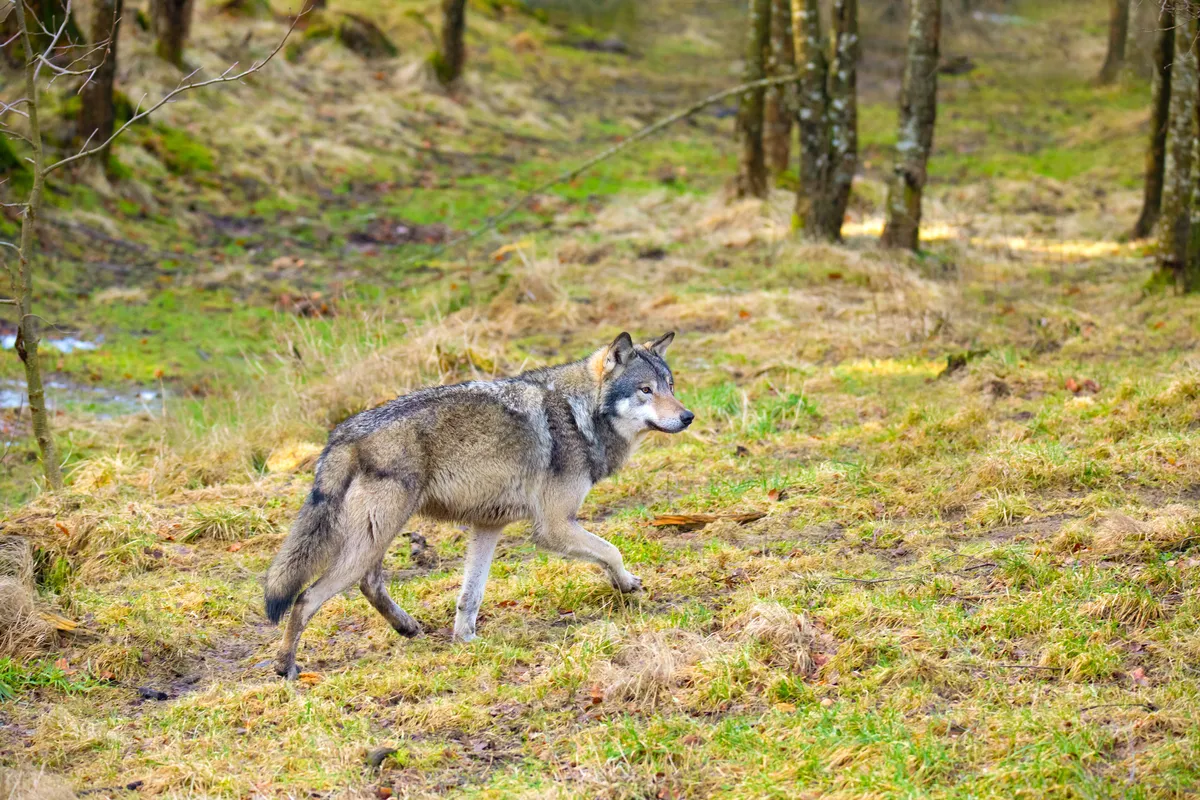
As a ranger, it’s difficult balancing your work and personal life. Being a ranger means being involved and dedicated, but so does being a husband and father.
Rangers needs recognition, respect and support from all levels – from local communities to international authorities. We are the ones on the front line. We need equipment, protection and legal protection. Government support for rangers is largely lacking in Romania.
Ranger story: Samuel Loware. Sgt ecological monitoring and research, Kidepo, Uganda.
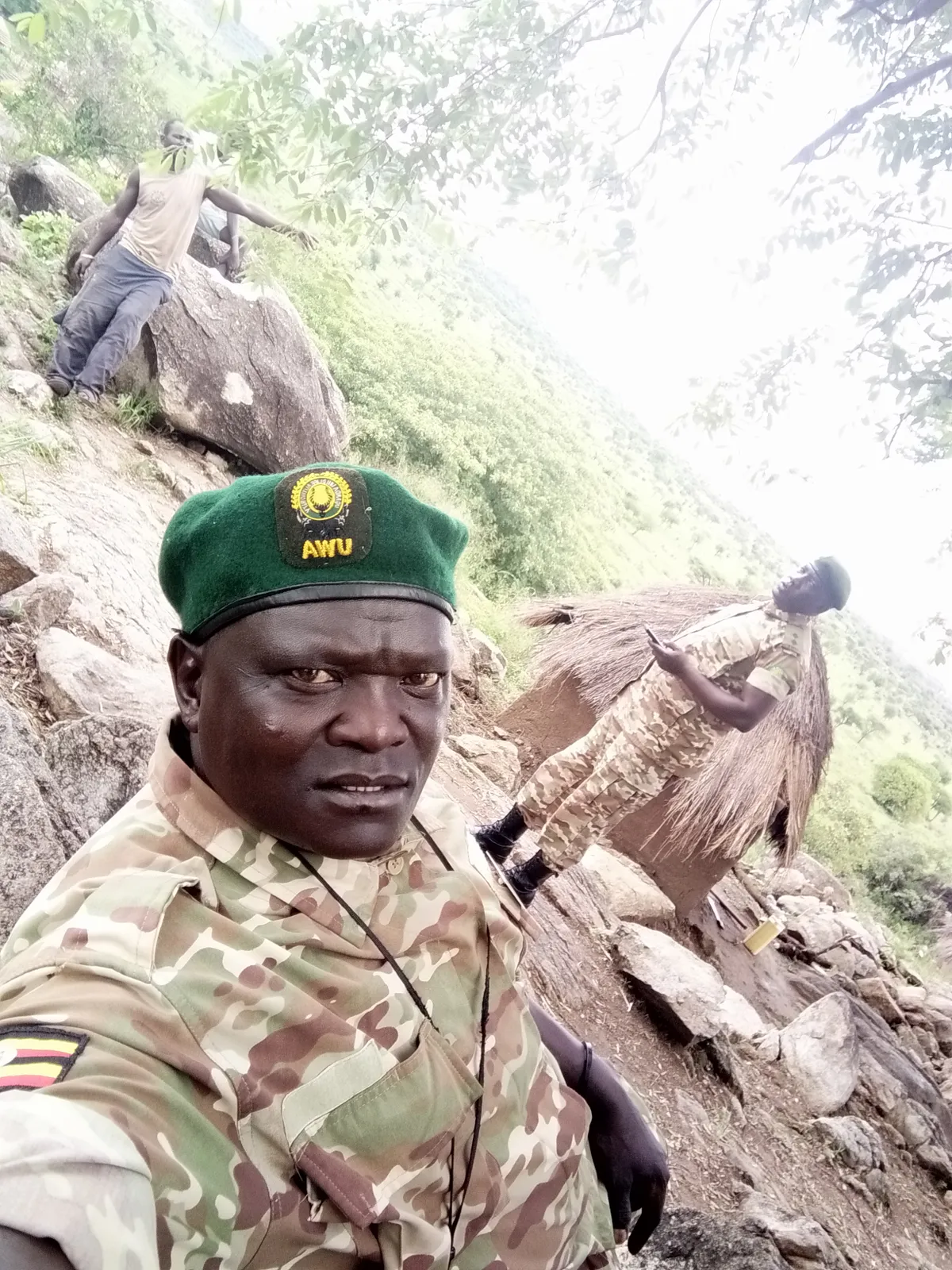
My uncle inspired me to become a ranger. He was campaigning about conservation issues back in the 1940s.
I work in Kidepo Valley National Park and its neighbouring reserves, with elephants, giraffes, buffaloes, lions, cheetahs, leopards, elands, zebras and ostriches.
I’m very proud of my involvement in translocations, including of giraffes, elands and kobs. Their numbers are amazing now. I also do a lot of work monitoring giraffe and lion populations, which are increasing.
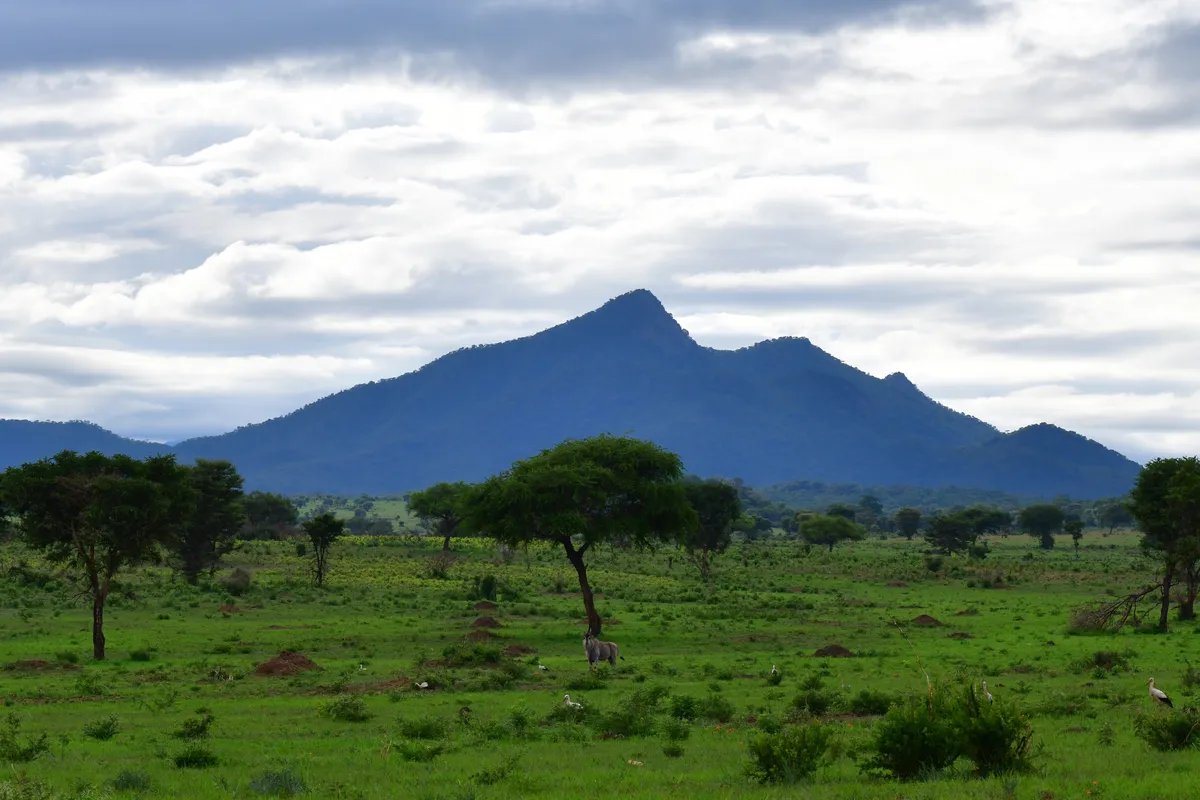
I enjoy the challenge of protecting nature from wildfires. I am Kidepo’s fire master, and I’m responsible for the park’s fire management plan.
Dealing with armed criminals is just part of the job. In 2018, I was shot by poachers from Sudan. I was then charged by a wounded buffalo that had been shot by the same poachers.
Inadequate transport, the poor road network and lack of skills and knowledge in the local area make my job very challenging. My low salary (equivalent to US$266 dollars a month) means I can’t afford a better home for my family.
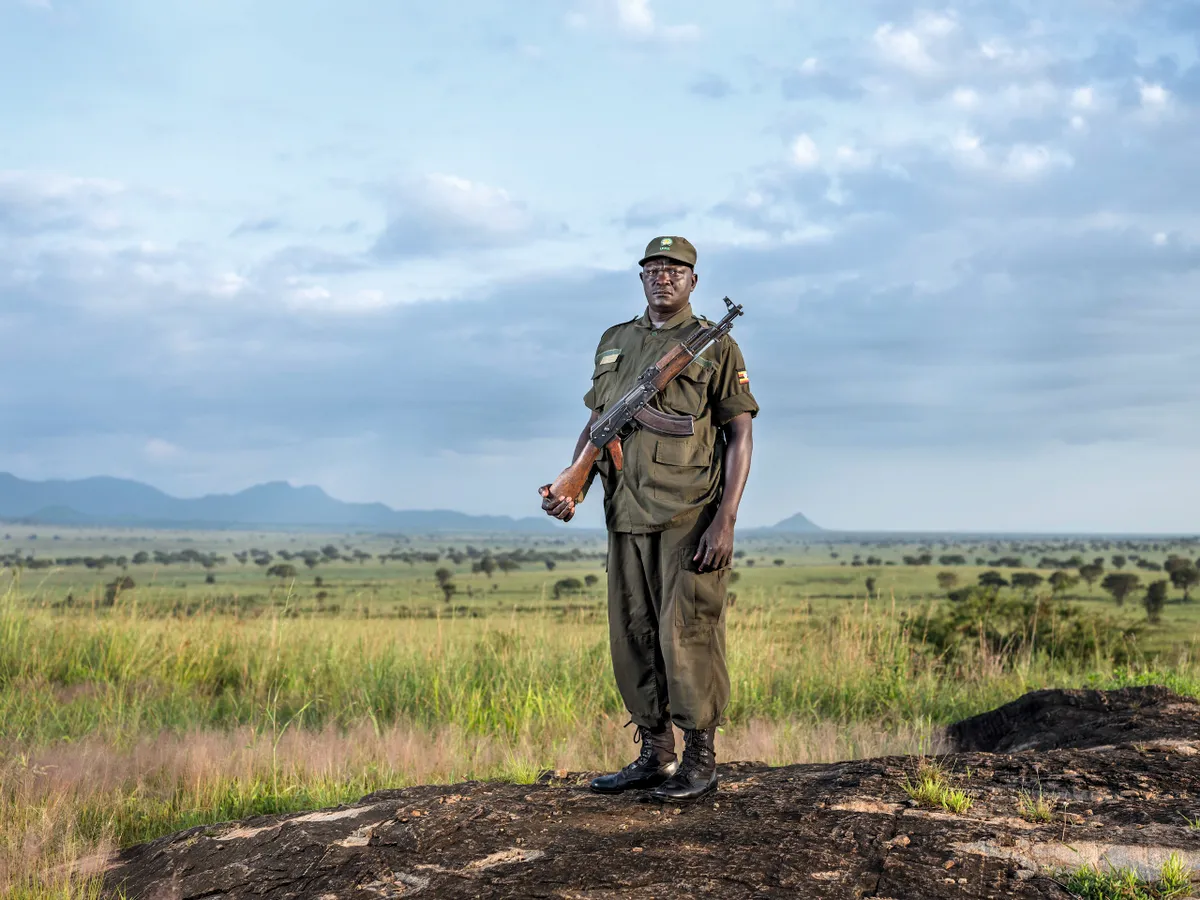
I need better field and communications equipment, and the technology to be able to share my work with the world.
In 2020, I was awarded the Rhino Conservation Award for Best Field Ranger. I love working for wildlife, but being a ranger in Africa leaves a lot to be desired.
Sarah McPherson is the acting deputy editor of BBC Wildlife Magazine. She wrote this eye-opening feature on rangers for World Ranger Day (31 July).
